Writer, Environmentalist, and Educator Terry Tempest Williams will offer the keynote speech for this year’s Symposium on Environmental Humanities. Great Salt Lake is a substantial focus of the interdisciplinary symposium exploring interrelationships between the sciences and humanities.
Co-sponsors include the Department of Philosophy and Humanities, Department of Political Science and History, Department of Earth Science, College of Science, College of Humanities and Social Science, Innovation Academy, Integrated Studies, and the Center for the Study of Ethics
The symposium is free and open to the public. For more information, contact Scott Abbott at scott.abbott@uvu.edu
Schedule of Events
Tuesday, March 19th
"Environmental Humanities"
Kristina Gibby
Landscape Painting in Colonial Latin America
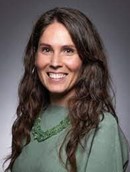
In a letter to King Ferdinand of Spain, Columbus describes the island that will be known as Cuba as, “very fertile to a limitless degree,” “marvellous [sic],” “most beautiful,” and “filled with trees of a thousand kinds [that] never lose their foliage.” In his attempt to sell a paradisical fantasy to his investor, Columbus (as many have pointed out) mistakes diversity for fertility, an assumption that will lead to disastrous ecological consequences in the “New World.” The Virgin Mary and the Rich Mountain (Cerro Rico) of Potosi, a Bolivian landscape painting from the colonial period reflects the troubling and complicated history of ecological and colonial exploitation and transculturation, as the artist depicts Mary as Cerro Rico, one of the most productive silver mines in Latin America. This unusual painting provokes vital questions about religion, indigenous representation, industry, politics, the environment, and art as an ideological tool in colonial Latin America.
-
Kaymee Buell
“Those hills would close in on you”: Jean Rhys’ Use of Plants to Collapse Linear Time in Wide Sargasso Sea
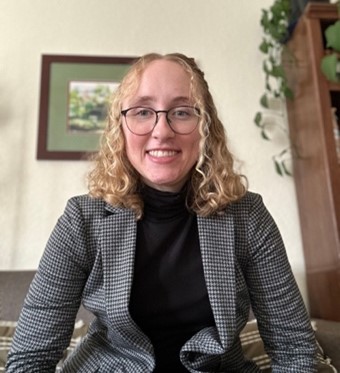
Rhys uses the Caribbean landscape and its native plants to collapse the linear timeline of Antoinette Cosway and foretell details that young Antoinette should not yet know in an act of inverting dramatic irony. In so doing, Rhys creates a world in which Antoinette does not have to obey linear time, and, like a plant, exists within cyclical seasons within her own story.
-
Leslie Simon
Filthy Victorians
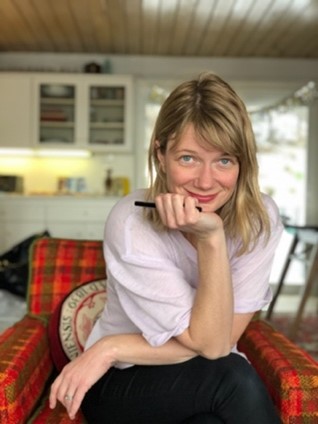
Queen Victoria reigned over Great Britain from 1837 to 1901. This period was an age of tremendous cultural, intellectual, scientific, technological, and economic accomplishment. It was also—with its engines, chemicals, and newly concentrated urban populations—an age of tremendous filth. Until the middle of the century, the Thames River served as both the sewer system and the source of drinking and bathing water for the people of London. And the term “London fog”—charming as it now sounds—referred then to the sulphureous cloud of factory smoke that hovered about the city. We will take a few moments today to explore the underbelly of Victorian progress, the uniquely modern environmental problems Victorians encountered in their urban-industrial world.
-
Brittney Weiland
Pre- and Post-Corporatized Utah: Color Sequencing the Utah Landscape within the Utah Painting Tradition and Contemporary Practice
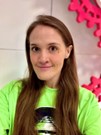
Over the last century, Utah’s natural beauty has been eclipsed by corporatization. The color fields (the colors that dominate and compose an area) of Utah have changed in response. Comparing landscape paintings of pre-industrial Utah to our lived experience of the Utahn landscape, and using the Color Sequencing method, I consider change over time, what is considered nostalgic, and how color relates to memory. In a series of paintings created to explore these ideas, I pulled natural pigments from the Utah landscape and mixed these with oil binders to create handmade paints to create a close relationship to the dominating colors of Utah and the land itself.
-
Michaela Giesenkirchen Sawyer
A World of Punctuated Equilibria
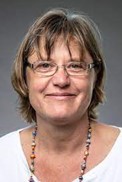
Steven Jay Gould, who died in 2002 at the age of sixty, was both one of the world’s foremost Paleontologists and creative writers of the history of science. In both his creative works and his science, he showed us how our histories can be told as natural histories because our narratives converge with those of the natural world at their processual foundations. These foundations confound the limited scale of our individual human lifetimes, with its illusions of linear progress and short-term gains, which we tend to impose on nature in a myriad of ways. The talk will elucidate a few key ideas by which Gould sought both to elucidate and to expand on Darwinian evolutionary theory in order to present us with a more holistic view of both human and natural productivity.
The global view: how does our dwindling Great Salt Lake fit into the global decline of saline lakes?
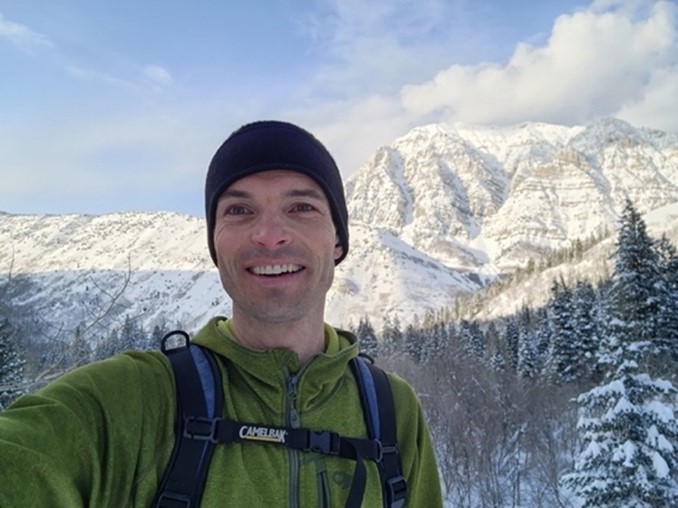
Ben Abbott
The decline of Great Salt Lake is a part of a planetary trend. Globally, 60% of saline lake area has been lost, representing one of the most daunting, unsolved ecological challenges of the Anthropocene. Abbott will explore the causes and consequences of saline lake loss and share thoughts about how we could be the first community to turn around the collapse of their lake.
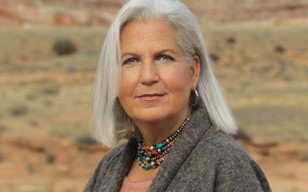
Terry Tempest Williams
Can we extend personhood to Great Salt Lake and what might a different kind of power look like, feel like, if we extend power to other species?
Williams founded the graduate program at the University of Utah in Environmental Humanities, leading the program for thirteen years. (https://environmental-humanities.utah.edu). She currently is Writer in Residence at the Harvard Divinity School. Her March 2023 piece in The New York Times , “I Am Haunted by What I Have Seen at Great Salt Lake,” weaves threads of science, personal experience, poetry, spirituality, and extraordinary photography into a powerful plea for action to save a dying lake.
Sam Rushforth
75 Years on Great Salt Lake
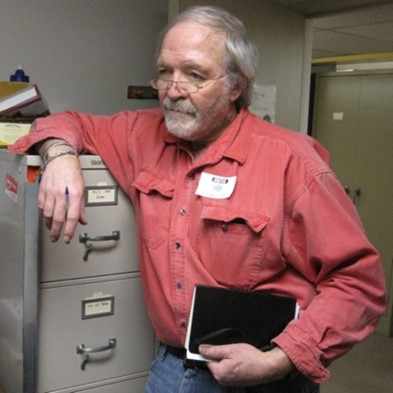
Rushforth will discuss growing up in close proximity to Great Salt Lake and the near mythical proportion and friendship the lake occupied in his imagination. He will continue with a brief discussion of his near 50 years of research on the aquatic ecosystems of Great Salt Lake.
-
Brooke Williams
Re-enchantment: Disenchantment of the World by Science, Modern Commodification of Nature, or…?
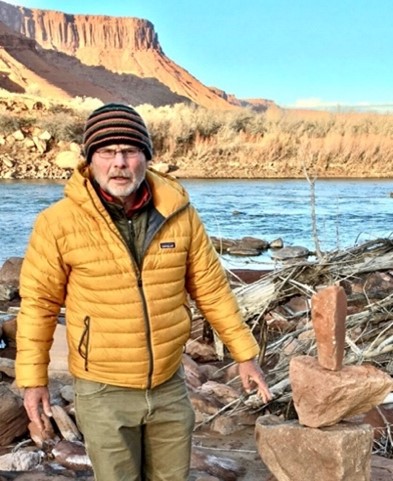
Some believe that the expansion of scientific knowledge 'de-deified' and disenchanted the world. Others, that the world became disenchanted with modernity and the commodification of nature. I plan to make the case that the world has never been disenchanted, only our modern lives. And how our own re-enchantment may be the key to our long-term survival.
-
Steven Peck
Poetics of Science in a World of the Anthropogenic Climate Change
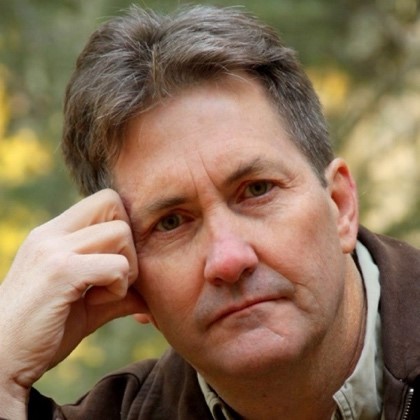
For four years, Los Angeles Artist Jackie Leishman and I worked on a climate change project blending three dimensions of human expression and knowledge: Art, poetry, and science. Our project combined Jackie’s Art with found poetry constructed from words and phrases from the peer-reviewed scientific literature on climate change. The work generated gallery shows and was published in Cold Mountain Review, Whitefish Review, Penumbra, and Flyway: Journal of Writing and Environment. The entire collection was purchased by the HBLL Library at BYU for their permanent collection. I will explore aesthetics in conversation with science, including Torrey House Press’s collection or literary responses to Utah Lake, and will describe a new project with Jackie Leishman exploring how meaning emerges in these disparate ways of human expression.
Alex Caldiero
Red Rocks Talk: Transenvironmental Performance
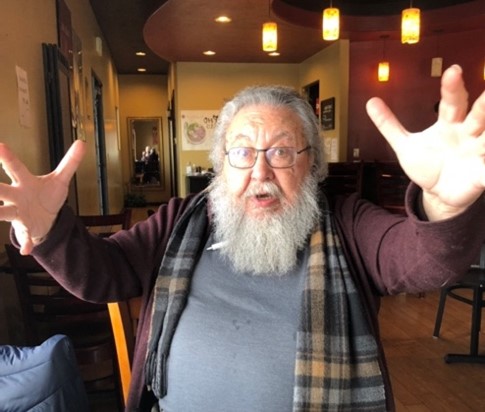
What is a transenvironment? A kind of interface, a meeting of two or more
systems (such as, human and nature) to interpenetrate each other and
transform; an interaction in-between a place and a space resulting in a
SPLACE. This presentation is facilitated by performance, from a series of acoustic
recordings made in the Southern Utah wilderness, at Coyote Gulch. Further
experiments are needed to more fully realize a transenvironment.
-
Matthew Durrant
Arsenic Requiem
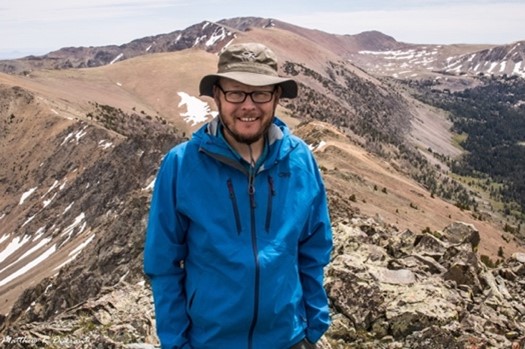
The waters of Great Salt Lake have been diminishing due to drought and poor water conservation effort. The sound composition Arsenic Requiem tells the story of the Lake and how it has been altered, sickened, and disrupted by humanity.
-
Thomas Bretz
“it’s their world, we just live in it.” – Making space for non-human worlds
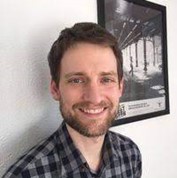
In this talk, I reflect on the difficulty of appreciating non-human perspectives and the simultaneous necessity of doing so. I begin by outlining the literal and figurative erasure of non-human perspectives. I then show why that is a problem and how we might begin to return to a world that makes more space for non-human worlds.
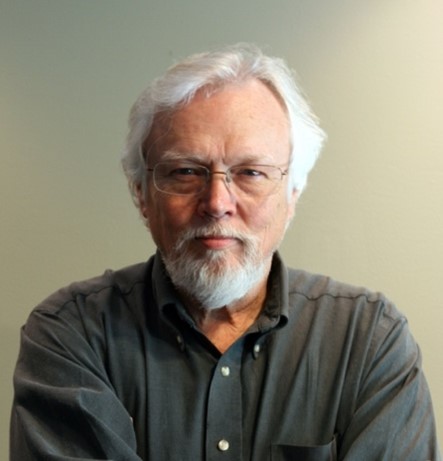
Frank McEntire
Last Dark Drop, Final Warning, One In Every Four, Great Basin Kingdom, Silent Spring
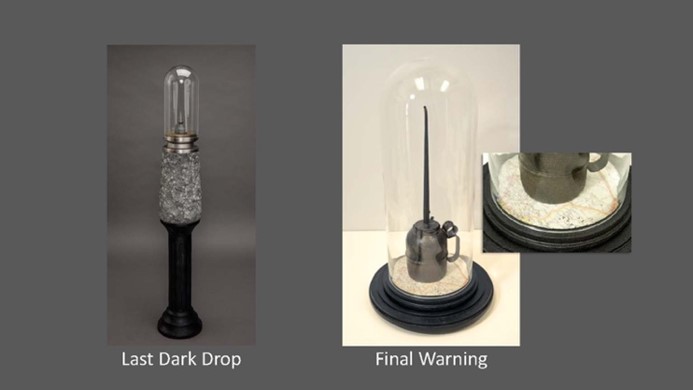

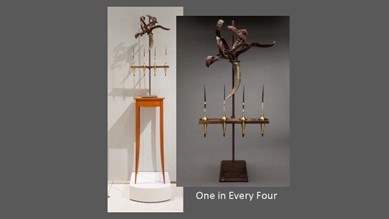
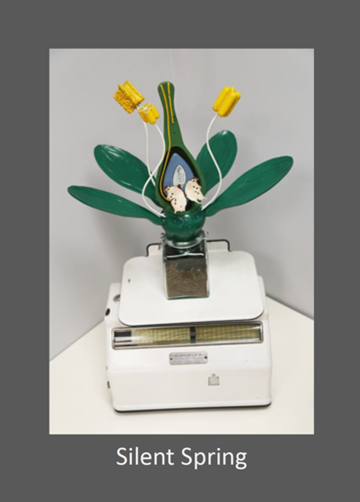
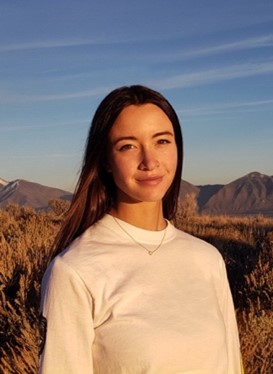
Maddalena Willis
Desert Water
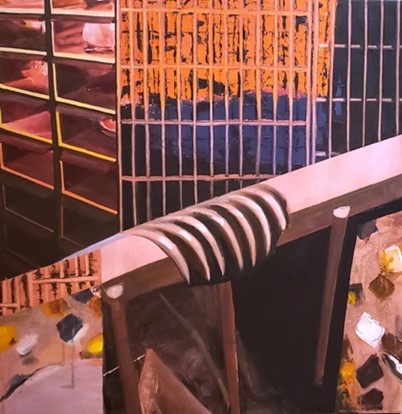
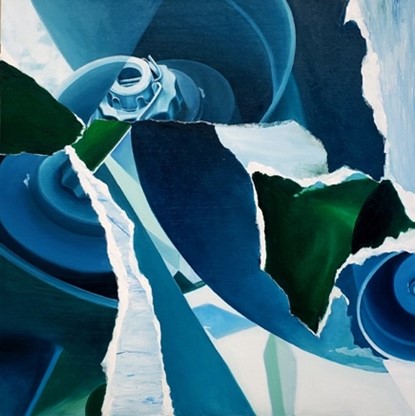
Symposium Participants
Ben Abbott is a professor of environmental science and sustainability at Brigham Young University. He has a B.S. in watershed and Earth systems science from Utah State University. His Ph.D. work in ecology at the University of Alaska Fairbanks culminated with a study of permafrost degradation due to climate change. He did post-doctoral research for three years at the University of Rennes in France. He works on renewable energy, global hydrology, climate change, and Earth stewardship. He is particularly interested in science communication and improving our commitment to environmental stewardship. Executive Director of Grow the Flow, he has been an influential voice regarding the ecology of Utah Lake and Great Salt Lake (see reports by him and co-authors on the two lakes HERE and HERE). He has four children who take after him in their love of animals, biking, and TV.
Thomas H. Bretz is an Associate Professor of Philosophy at Utah Valley University, where he is also the Environmental Ethics Fellow at the Center for the Study of Ethics and the coordinator for the Environmental Studies Minor. He is involved with various sustainability efforts on campus such as the sustainability committee and the planning of UVU's yearly Sustainability Week. After study at the Dresden University of Technology, The New School for Social Research, and Paris-Sorbonne University, his PhD in philosophy is from Loyola University Chicago. His research agenda is overall characterized by a concern with inclusive, just and sustainable communities. Specifically, he investigates the possibility of norms and practices that allow for reciprocal relationships between and among humans and non-humans (including so-called inanimate beings). He is currently working on a book project tentatively called "Animism as a Humanism" that aims to show that animism provides a strong form of practical rationality.
Kaymee Buell is an undergraduate studying psychology with the College of Humanities and Social Sciences at Utah Valley University. Graduating this year with both an associate’s with an honors distinction and a bachelor's with a minor in humanities, she enjoys diversifying her education. Her interests include childhood development, trauma, and substance abuse, and extensive reading. She is currently considering going on to receive a master's in social work.
Alex Caldiero, Senior Artist in Residence in the Department of Philosophy and Humanities at UVU, is a Poet/ Sonosopher/ Composer/ Musician. He is, he writes, a sonal wise guy; grandkid of dadasopher Raul Haussmann, godchild of Gertrude Stein and John Cage, bastard offspring of Sicilian bard Ignaziu Buttitta, adopted child of Joseph Smith, pseudo nephew of Allen Ginsberg, and a son of a gun. He makes things that at times appear as language or music or images, and then again as the shape of your own mind. Look! Nothing up his skin! Watch him pull a pome right outta yr heart. His books include OR, Book O’Lights, Various Atmospheres, Poetry Is Wanted Here, sonosuono, some love, Who is the dancer, what is the dance, per-sonal effects, and dozens of chapbooks (see his website HERE). The Utah Museum of Contemporary Art mounted a 50-year retrospective of Caldiero’s work in 2021: Baggage: Alex Caldiero in Retrospect.
Matthew Durrant’s compositions vary from quite traditional to more complex, atonal works. He particularly enjoys writing for winds and brass and has a number of pieces published for solo instruments and small ensembles. His work is often influenced by the sweeping vistas of the American West, particularly Idaho and Utah. Matthew holds Bachelor’s degrees in composition and piano performance from Boise State University and Master’s and PhD degrees in composition from the University of Utah. He has also studied trombone for many years and performed with a number of ensembles. His music has been performed throughout the United States at various concerts and festivals. Matthew serves as an adjunct professor of Humanities at UVU and at the University of Utah as an adjunct faculty member in the music theory area. He is also a member of the theory faculty of the Gifted Music School in Salt Lake City. When he is not teaching or working on music he is outdoors hiking and climbing mountains or spending time with family.
Kristina Gibby is an Assistant Professor of Humanities at UVU. She holds a BA in Humanities and MA in Comparative Studies from Brigham Young University and a PhD in Comparative Literature (Minor in Hispanic Studies) from Louisiana State University. She teaches introductory humanities courses, world literature, Caribbean literature, and Latin American humanities. Her book Ancestral Voices, Healing Narratives, released last year, analyzes the role of female spirits in contemporary novels from the US and the Caribbean.
Michaela Giesenkirchen Sawyer is an associate professor of Humanities at Utah Valley University. She received her M.A. in American Studies and European History from Heinrich-Heine-University in Düsseldorf, Germany, and her Ph.D. in English from Washington University in St. Louis. She is a former fellow of the German Academic Exchange Service and the German National Merit Foundation. Before joining the Utah Valley University faculty in 2006, she taught writing, literature, and humanities at Washington University, Boston University, and Kenyon College. Her field of specialty is American Modernist Literature and Philosophy; she has published on Gertrude Stein, Herman Melville, William James, and Ezra Pound. In her scholarship as well as in her teaching, she is interested in the intersections of literature, film, music, and the visual arts with science and philosophy.
Frank McEntire is well known in Utah as an independent curator, arts administrator, and writer, including catalog and e-zine essays and regular reviews as the former art critic of TheSalt Lake Tribune and Salt Lake Magazine. His sculptural works have been featured in several publications and shown throughout the west. As a curator, McEntire has organized exhibitions out of state and for Nora Eccles Harrison Museum, Springville Museum of Art, Utah Museum of Contemporary Art, and Utah Capitol Rotunda. He has served in leadership capacities on many boards and as former director of the Utah Arts Council. McEntire’s extraordinary recent exhibitions Silent Spring and the Anthropocene at BYU and Through a Narrow Window at Snow College established him as a powerful contributor to current environmental explorations.
Steve L. Peck is an evolutionary ecologist who has published many science papers. He is also a novelist, essayist, and poet. He has won the AML Award twice (The Scholar of Moab; Gilda Trillim), and for short story once (Two-Dog Dose). His novel based on Shakespeare’s King Lear, King Leere: Goatherd of the La Sals, was a semifinalist in Black Lawrence Press’s early novel prize and received a starred review from Publishers Weekly. He has published two short story, and two essay, collections. His poetry has appeared in Cold Mountain Review, Dialogue, Flyway, New Myths, Pedestal Magazine, Penumbra, Prairie Schooner, Red Rock Review, and elsewhere. His poetry collection by Aldrich Press is called, Incorrect Astronomy. His latest novel is Heike’s Void, which was nominated for the Whitney Award and AML Novel Award.
Sam Rushforth is Dean Emeritus of the UVU College of Science. He studies aquatic botany and wetland ecology and has published more than more than 100 scholarly papers and books and mentored dozens of graduate students who are now working all over the world. He is co-author, with Scott Abbott, of Wild Rides and Wildflowers: Philosophy and Botany with Bikes, a book punctuated by microscopic photos of the diatoms that have been Rushforth’s life-long study. A forceful advocate for academic freedom, he co-founded the BYU Chapter of the American Association of University Professors, work that eventually led to a biting censure of the BYU administration by the AAUP.
Dr. Leslie Simon is an Associate Professor in the Department of Philosophy and Humanities, where she has been on faculty since 2011. Dr. Simon is the recipient of the Dean's Award of Excellence for Scholarship (2023), the Faculty Excellence Award (2015), the UVU CAL Mentor of the Year Award (2018), and a Student Association Wolverine Commitment to Excellence award (2016, finalist). She has served as department chair, Humanities coordinator, Honors Faculty Fellow, and interim director of the Honors Program. Dr. Simon earned her M.A. and Ph.D. in English Literature from Boston University, and her B.A. in English Literature and French from Texas A&M University. She has published in Dickens Quarterly, Dickens Studies Annual, Studies in the Novel, and Nineteenth-Century Contexts, and is currently working on a book manuscript on the heap – as an image, an object, and a paradox – in the nineteenth-century imagination, Heaps: On Dickens and Modern Mathematics.
Brittney Weiland is an interdisciplinary artist from Salt Lake City, UT. She received an AS-ARTD from Utah Valley University in December 2023. She plans to continue toward a BFA degree. Weiland has received multiple awards for her artwork and had her first solo exhibition in October 2023. Her work studies illness, identity persistence, and connection. She is married and has two fluffy cats.
Brooke Williams writes about evolution, consciousness, and his own adventures exploring both the inner and outer wilderness. His books include Open Midnight—Where Wilderness and Ancestors Meet (Trinity, 2107) and Mary Jane Wild—Two Walks and a Rant (Homebound, 2020). He believes that the length of the past equals the length of the future. He lives with the writer, Terry Tempest Williams, two cats, a dog, near Moab, Utah, where they watch the light and wait for rain.
Terry Tempest Williams founded the graduate program at the University of Utah in Environmental Humanities, leading the program for thirteen years. (https://environmental-humanities.utah.edu). She currently is Writer in Residence at the Harvard Divinity School. Her March 2023 piece in The New York Times , “I Am Haunted by What I Have Seen at Great Salt Lake,” weaves threads of science, personal experience, poetry, spirituality, and extraordinary photography into a powerful plea for action to save a dying lake. Williams has testified before Congress on women’s health issues, has been a guest at the White House, has camped in the remote regions of Utah and Alaska wildernesses and worked as "a barefoot artist" in Rwanda. She is the author of the environmental literature classic, Refuge: An Unnatural History of Family and Place. Other notable books include An Unspoken Hunger: Stories from the Field; Desert Quartet; Leap; Red: Patience and Passion in the Desert; The Open Space of Democracy; and Finding Beauty in a Broken World. She is a columnist for the magazine The Progressive. Her The Hour of Land: A Personal Topography of America’s National Parks , was featured by President Obama when he celebrated the centennial of National Parks at Yosemite National Park in 2016.
Maddalena Willis is a current UVU Honors student in the Bachelors of Fine Arts program focusing on painting, printmaking, and drawing. She is minoring in Earth Science and has always had a love for furthering her understanding of the natural world. Maddalena grew up in Midway, Utah where she developed a love for skiing, hiking, and studying classical ballet. Her father and mother have deep Italian roots which have had an influence on her love for art and culture. Maddalena took a break from her studies for 18 months and spent that time in Rome, Italy, where she cultivated a greater understanding of art and the human disposition to do good. Maddalena is the current “Miss Legacy,” which is part of the Miss America non-profit organization focused on community service.